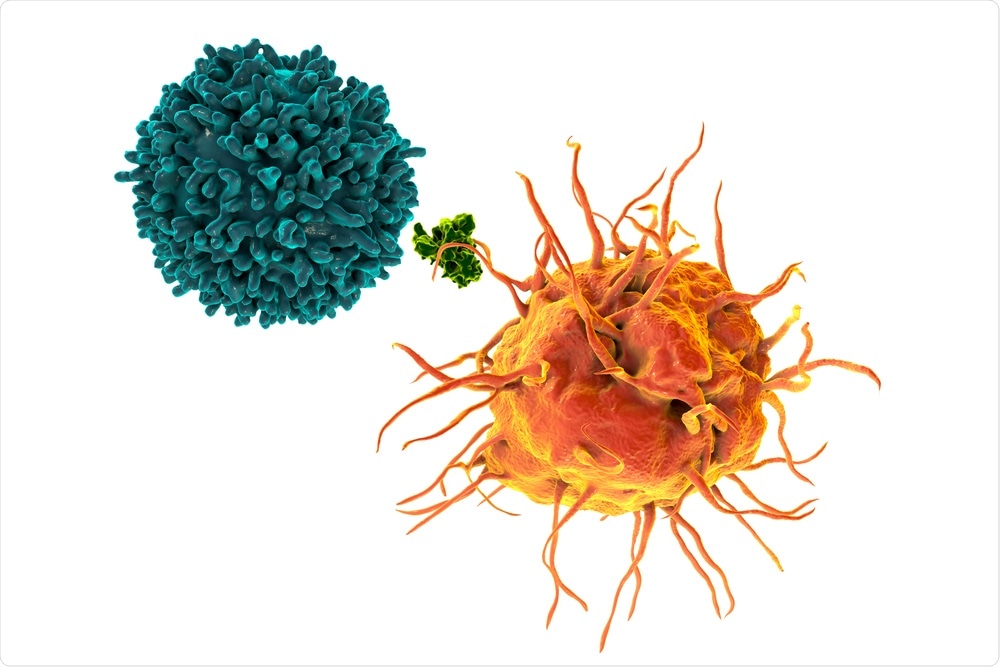Scientists have plotted the activity of an unlimited number of genes in the immune cells of mice over the course of an infection.

Image Credit: Kateryna Kon/Shutterstock.com
The research work performed by the University of Melbourne in Australia, the Wellcome Sanger Institute, and their colleagues produced the first full dynamic map that reveals how cells learn to combat microorganisms and subsequently preserve a memory of this for upcoming infections.
Published in the Nature Immunology journal, the findings could help researchers develop new therapeutics and vaccines for a host of diseases by directing their study into a specific set of immune cells, called CD4+ T cells. These cells are crucial for generating immunity.
The CD4+ T cells were studied by the international research team during experimental infection of mice with parasites that cause malaria. These parasites invade and grow in numbers within the red blood cells.
With the help of machine learning techniques, the researchers integrated the gene activity data across four weeks of infection to create a detailed map of the developmental pathways taken by CD4+ T cells.
We traced thousands of individual genes to generate a map from initial infection to periods when cells firstly ‘decide’ between various immune roles for fighting the infection, and secondly preserve memories of that encounter.”
Dr Ashraful Haque, Study Co-Lead Author, Doherty Institute, University of Melbourne
Dr Haque continued, “Our map revealed several novel genes that were active—in particular, in a type of CD4+ T cells called T follicular helper cells. These are essential for making antibodies that protect against malaria but have not yet been well studied.”
The researchers have shared their information via a freely available digital resource. This latest map enables immunology researchers around the world to monitor the response of individual genes following infection.
Importantly, while our map was generated using an experimental model of malaria, it will be useful for studying T cell responses in almost any infectious or non-infectious disease, or treatment in which T cells are involved. Further investigations are needed to confirm that human cells have a similar map to mouse CD4+ T cells.”
Dr Sarah Teichmann, Study Co-Lead Author, Wellcome Sanger Institute
“However, we hope this discovery can point researchers in the right direction towards developing new vaccines for infectious diseases, new immune-therapies for certain cancers, and novel ways to prevent auto-immune conditions,” concluded Dr Teichmann.
Source:
Journal reference:
Soon, M. S. F., et al. (2020) Transcriptome dynamics of CD4+ T cells during malaria maps gradual transit from effector to memory. Nature Immunology. doi.org/10.1038/s41590-020-0800-8.